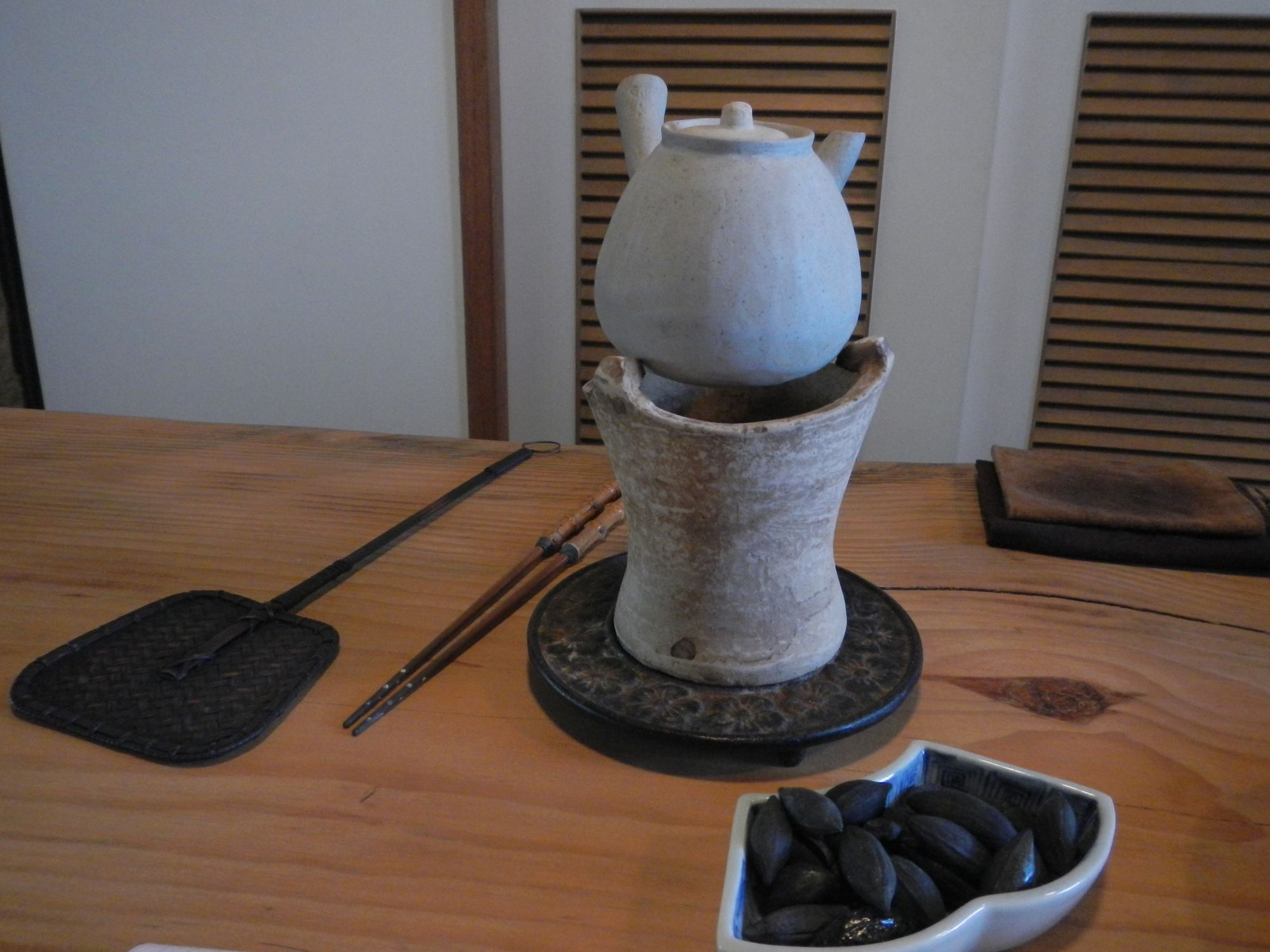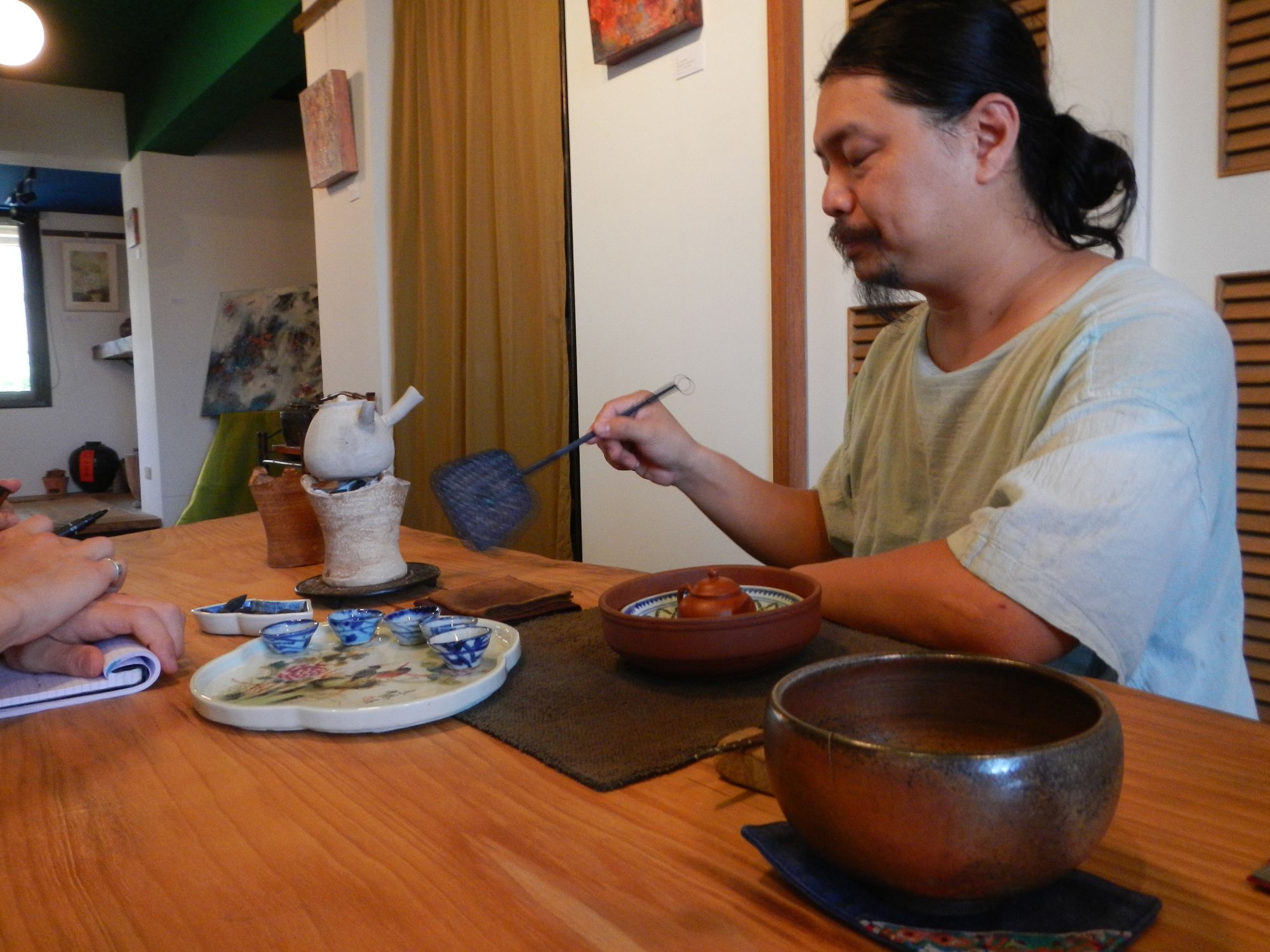GongFu Tea with Mr. Tsay
So many of us use the term “GongFu Cha” as a blanket term for “Chinese Tea Ceremony”; it makes sense as GongFu means skillful way, and we are all practicing with the goal of brewing better tea. Though we have had some disagreement, the Tea Institute classifies Chinese tea brewing as a ceremony because of that practice.
The Institute uses a working definition for Ceremony: the anthropological ritualization of a goal. It should be noted that working definitions are incomplete by nature, but they give us the ground to form the scope of our studies; the Institute only studies cultures with tea ceremonies.
It is that common link in fact, the goal of brewing better tea, that allows us to trace a common thread through the many ages of Chinese tea culture and ceremony; there has always been the aspect of connoisseurship and skill, even when the forms, techniques, and tea varied.
All that said, there is a more accurate style properly associated with the term GFC from ChaoZhou in north-eastern GuongDong Provence. This is the style that was incubated in the scholarly circles and governing class in the area during the Qing Dynasty; using tiny pots and tiny cups, highly roasted oolong teas, people would gather around NiLu’s (braziers) in groups of 3 (because one of the many characters for taste, 品, represents 3 mouths and was the most savored in the literary circles) and drink tea while entertaining themselves (the tea took quite a bit of time to prepare in between brews).
We got a chance to experience (a form of) ChaoZhou GFC with Mr. Tsay.

Using a mix of LongYan charcoal and olive pit charcoal, Mr. Tsay, a tea merchant and culture buff, boiled the water, crushed the tea, and brewed the thick dark cups; “The espresso of tea” if you will (his term).
The crushing and packing of the pot has been up for debate as both a method and technique for some time, and to briefly outline the arguments, crushed tea leaves yield more bitterness and brew faster, while whole unbroken leaves have a different extraction curve (due to a difference in water permeability of an unbroken leaf changing the solubility ratio). All of this is mediated by the total solubility of the water, and if you are packing a small yixing (very small in the case of CZ GFC, >60ml) full of a mix of broken and unbroken leaves, you will reach Smax (solubility max) before the major catechin groups and chlorophyll has time to defuse; intense bitter/astringent notes wont be a problem (with good tea!) brewing CZ style.

Mr. Tsay was actually able to control the boil of the water by using his fan, and though there are 5 cups on that tray, only 3 of us drank at one time. He pushed the tea to 4 brews (in the name of science) for us, one more than the traditional 3 brews.
The tea was the expected dark syrupy malt with a punchy roast and intense lingering sweetness. It was good, but seeing the ceremony was the piece de resistance of this gathering.
It should be noted that many a historian have conjectured that ChaoZhou GongFu Cha was the originating influence for much of Sencha Do, the Japanese loose leaf tea ceremony; I’ll be heading over to Japan to investigate soon.
– Jason
Migrated Comments
Steven Owyoung
Jason,
As mentioned, I have been following you and Pat on your travels and enjoying the events vicariously.
I am especially glad to hear that you will be off to Japan with the intent of surveying the sencha scene.
If I had had my wits about me during the least hectic moments of the April Exhibition, I should have said that next to Korean tea, sencha is the least understood of the modern Asian tea movements.
So, gambatei kudasai!
Steve.
Jason's Reply
Dear Steve,
You`re right!
Sencha is not an easy topic…
Were trying to figure it out,
but compared to our matcha work,
I don`t think we will learn all that much…
I should have a post up on it in a couple of days!
All the Best,
Jason